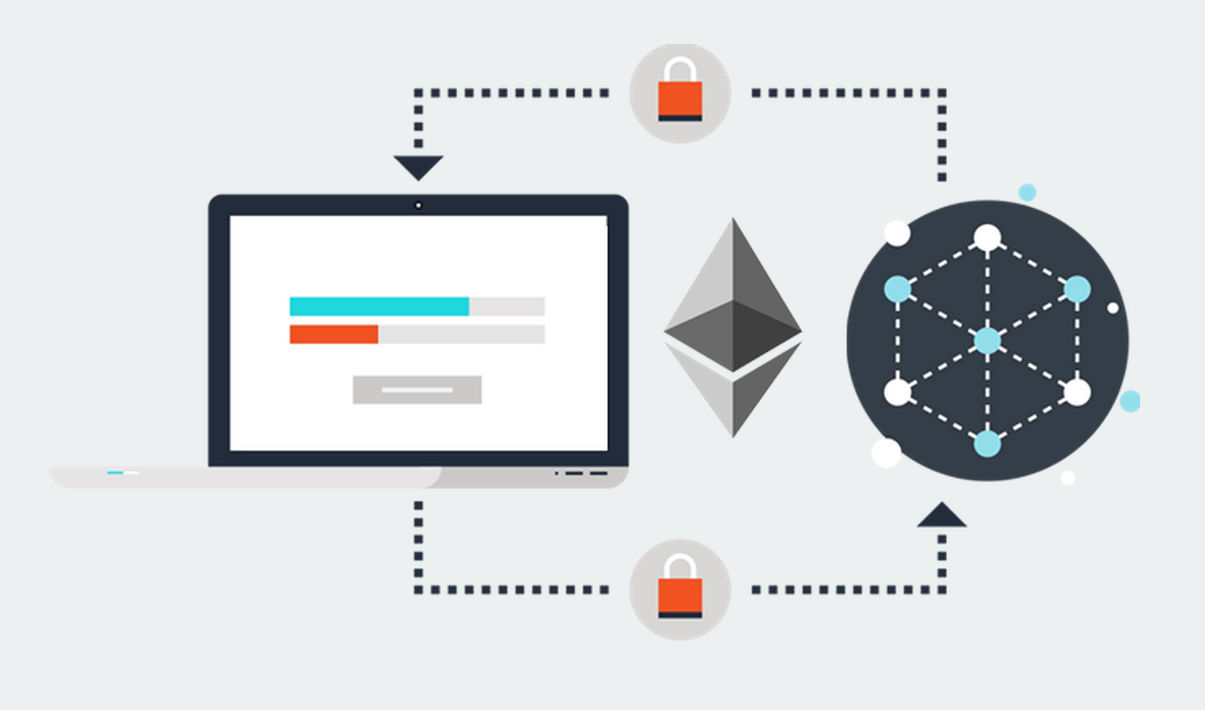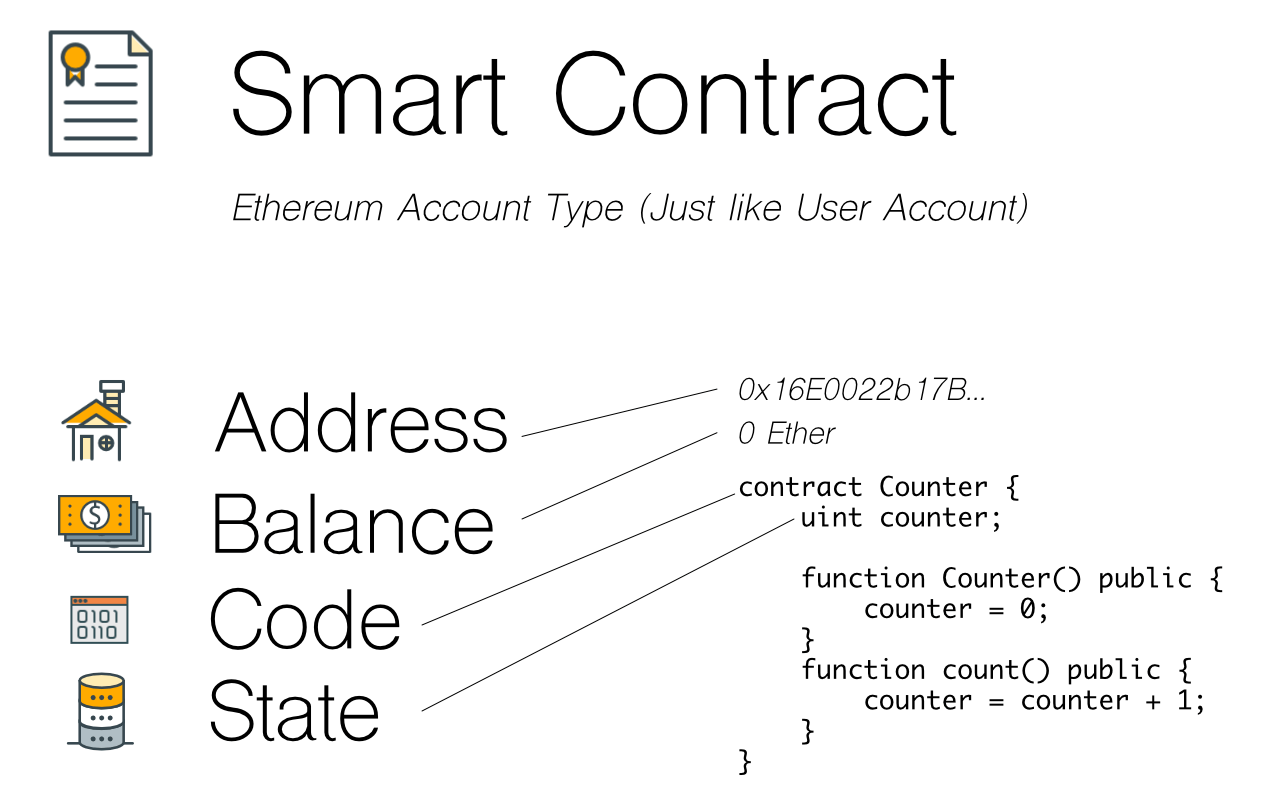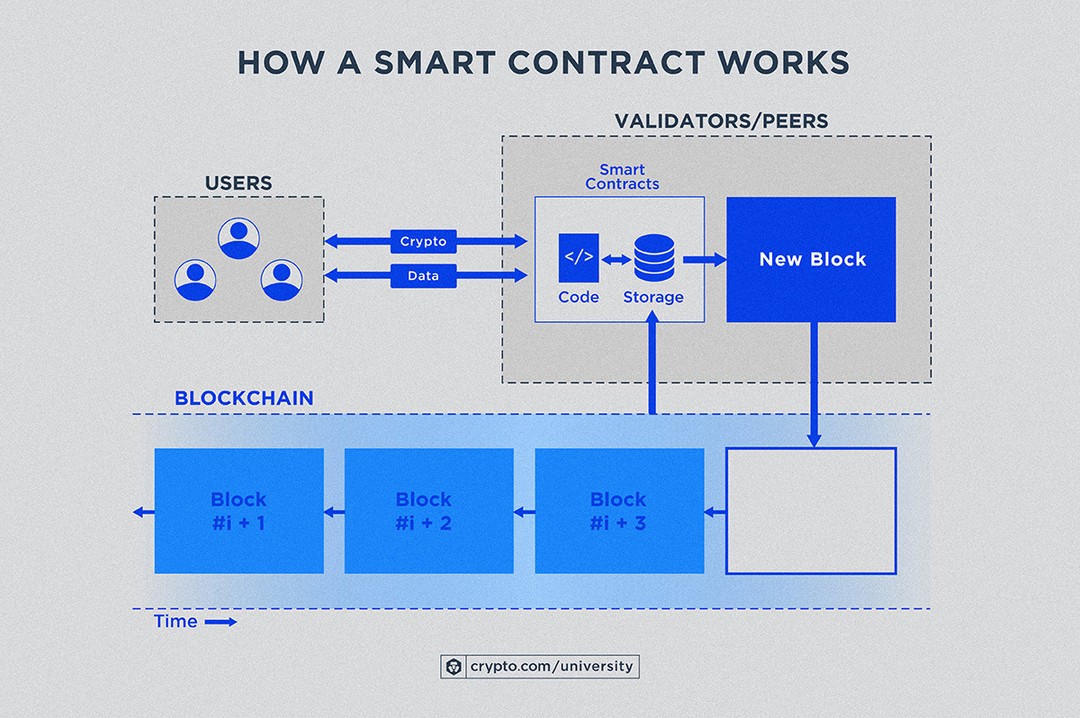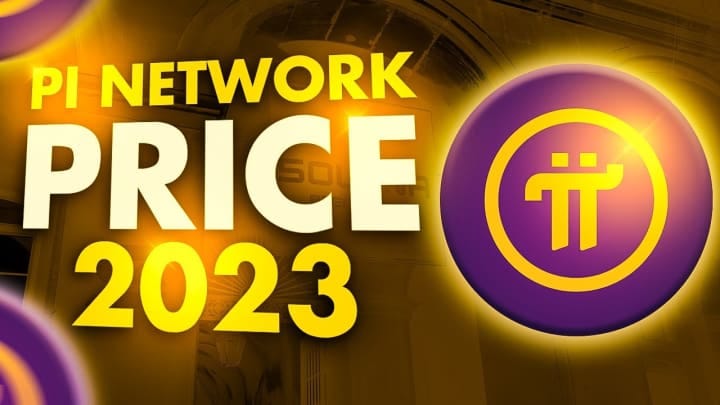Pi Network Vs. Ethereum: Can It Compete With Smart Contracts?

Executive Summary

The cryptocurrency landscape is constantly evolving, with new projects vying for a place alongside established giants. This comprehensive analysis delves into the comparison between Pi Network and Ethereum, focusing specifically on their capabilities within the realm of smart contracts. While Ethereum has solidified its position as a leader in decentralized applications (dApps) and smart contract functionality, Pi Network is an ambitious newcomer aiming to disrupt the space. We’ll explore the key differences, strengths, and weaknesses of both platforms, ultimately addressing the critical question: can Pi Network truly compete with Ethereum in the smart contract arena? This exploration will provide a detailed overview, allowing readers to form their own informed conclusions.

Introduction
Ethereum, the pioneer of smart contract technology, has revolutionized the decentralized finance (DeFi) space. Its robust and established ecosystem boasts a vast array of dApps and a substantial developer community. However, its high transaction fees and scalability challenges have spurred the development of alternative blockchain platforms. Enter Pi Network, a relatively new cryptocurrency project aiming to deliver a more accessible and user-friendly experience. This article aims to provide a thorough comparison between these two platforms, focusing on their respective strengths and limitations in the execution and deployment of smart contracts. We will explore whether Pi Network has what it takes to challenge Ethereum’s dominance.
Frequently Asked Questions (FAQs)
-
Q: What are smart contracts? A: Smart contracts are self-executing contracts with the terms of the agreement between buyer and seller being directly written into lines of code. They automatically execute when predetermined conditions are met, removing the need for intermediaries.
-
Q: What is the main difference between Pi Network and Ethereum? A: Ethereum is a mature, established platform with a large, active developer community and a vast array of existing applications. Pi Network is a newer project aiming for broader accessibility and ease of use, but its ecosystem is still under development.
-
Q: Can I build smart contracts on Pi Network? A: Currently, Pi Network’s smart contract capabilities are still under development and not fully functional in the same way as Ethereum. The project’s roadmap indicates future plans for smart contract functionality, but it’s not yet a reality.
Scalability and Transaction Fees
Ethereum’s scalability issues are well-documented. High transaction fees and network congestion can make it expensive and slow to utilize. Pi Network, in its design, aims to address these issues by employing a different consensus mechanism and network architecture. However, the effectiveness of its approach remains to be seen, as the network is still in its testing phases.
- Transaction Speed: Ethereum’s transaction speed can vary significantly depending on network congestion. Pi Network aims for significantly faster transactions.
- Transaction Fees: Ethereum’s gas fees can be prohibitively high, especially during periods of high network activity. Pi Network intends to offer significantly lower transaction fees.
- Network Congestion: Ethereum suffers from network congestion, leading to delays and increased transaction costs. Pi Network’s design is intended to mitigate congestion.
- Scalability Solutions: Ethereum is actively exploring various scaling solutions, including layer-2 solutions. Pi Network’s approach to scalability differs fundamentally.
- Future Outlook: Both platforms are continuously improving their scalability, but their approaches and current capabilities differ considerably.
Smart Contract Development and Ecosystem
Ethereum boasts a mature and robust ecosystem for smart contract development, including a vast array of development tools, libraries, and a large developer community. Pi Network is still in the early stages of developing its ecosystem. Its relative immaturity in this area poses a significant challenge to its ability to compete with Ethereum.
- Development Tools: Ethereum has a wealth of sophisticated development tools and frameworks. Pi Network is actively building its development toolkit.
- Developer Community: Ethereum possesses a massive and experienced developer community. Pi Network is working on fostering its developer community.
- Smart Contract Languages: Ethereum primarily utilizes Solidity. Pi Network’s future smart contract language remains to be defined.
- Ecosystem Maturity: Ethereum’s ecosystem is highly mature and well-established. Pi Network’s ecosystem is nascent.
- dApp Availability: A wide range of dApps are already built on Ethereum. Pi Network has yet to launch a significant number of dApps.
Security and Decentralization
Both Ethereum and Pi Network emphasize security and decentralization, but their approaches and levels of achieved decentralization differ. Ethereum, being a more established platform, has undergone significant scrutiny and testing, building a strong reputation for security (though vulnerabilities have been discovered and addressed over time). Pi Network, being a newer project, still needs to prove its long-term security and resilience.
- Consensus Mechanism: Ethereum uses Proof-of-Stake (PoS), while Pi Network uses a Stellar Consensus Protocol (SCP) based system.
- Security Audits: Ethereum has undergone numerous security audits. Pi Network’s security has yet to undergo the same level of rigorous independent scrutiny.
- Network Resilience: Ethereum’s established network has demonstrated resilience to attacks. Pi Network’s resilience remains to be tested.
- Decentralization Level: Ethereum, while not perfectly decentralized, is considered relatively decentralized compared to some other platforms. Pi Network’s level of decentralization is currently lower.
- Attack Surface: Both platforms have potential vulnerabilities, but Ethereum’s longer history provides more data on the types of attacks it has faced and its capacity to withstand them.
User Experience and Accessibility
Pi Network’s primary selling point is its focus on user experience and accessibility. It aims to make cryptocurrency mining and participation significantly easier than on Ethereum. Ethereum, while powerful, can be challenging for less technically-proficient users. This difference in user-friendliness is a crucial factor in their respective market appeal.
- Mining Process: Pi Network’s mining process is designed to be significantly simpler and more accessible. Ethereum mining is energy-intensive and requires specialized hardware.
- Onboarding Process: Pi Network’s onboarding is intended to be smoother and more user-friendly. Ethereum requires more technical knowledge to use effectively.
- Wallet Integration: Pi Network aims for simpler wallet integration. Ethereum’s wallet integration can be more complex.
- User Interface: Pi Network prioritizes a more intuitive and accessible user interface. Ethereum can be more technically challenging to navigate.
- Ease of Use: Pi Network places a strong emphasis on ease of use; Ethereum is typically seen as less user-friendly.
Tokenomics and Utility
The economic models of Pi Network and Ethereum differ significantly. Ethereum’s ETH token has established itself as a leading cryptocurrency with diverse utilities within the DeFi space. Pi Network’s Pi token is still in the early stages of development, and its long-term value and utility are yet to be fully demonstrated.
- Token Utility: ETH has widespread utility within the Ethereum ecosystem. Pi Network is still defining the utility of its Pi token.
- Token Distribution: Ethereum has a well-defined token distribution model. Pi Network’s distribution model is still evolving.
- Inflation Rate: Both platforms have different approaches to managing token inflation.
- Token Value: ETH has established a considerable market capitalization. The value of Pi is yet to be firmly established.
- Future Potential: The long-term potential for both tokens is subject to market conditions and platform adoption.
Conclusion
Ethereum remains the dominant force in the smart contract arena, boasting a robust ecosystem, mature development tools, and a large, established developer community. Pi Network, while ambitious in its goals of improved accessibility and ease of use, is still in its early stages of development. Its ability to compete with Ethereum in the smart contract space hinges on its success in building a substantial and functional ecosystem, achieving sufficient scalability, and demonstrating long-term security and stability. While Pi Network aims to offer a simpler user experience, the true test of its competitiveness lies in delivering on its promises and overcoming significant hurdles. Whether or not Pi Network can genuinely challenge Ethereum’s dominance in smart contract technology remains to be seen, but the project’s potential, alongside its innovative design aims, is certainly noteworthy.
Keyword Tags:
Pi Network, Ethereum, Smart Contracts, Cryptocurrency, Decentralized Applications (dApps)


